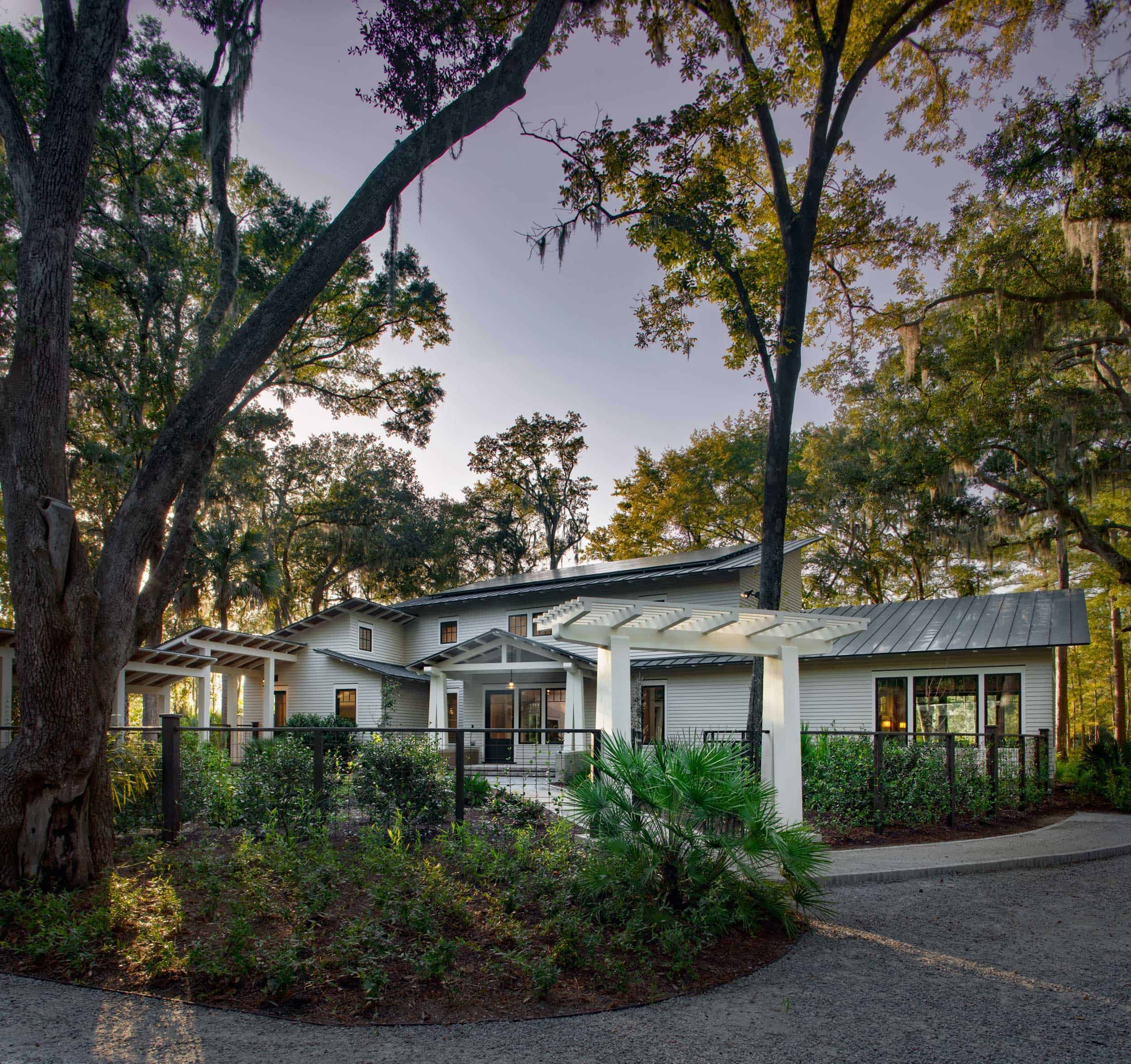Climate Change Risks
Katherine Kokal of the Island Packet recently reported that Beaufort County ranks number one in the United States for climate change risks.
This assessment came from the data from the Rhodium Group and was analyzed by ProPublica and the New York Times Magazine. Beaufort County tops their chart of the risk caused by compounding calamities, including heat, wet bulb (how heat and humidity collide), farm crop yields, sea level rise, and economic damage.
You might wonder what you can do to reduce your carbon footprint. Many people do not know that 40 percent of energy in the United States is consumed by buildings, so there is a huge opportunity for building owners to make a meaningful impact. Architects around the country are contributing to significant reductions in carbon emissions by participating in the American Institute of Architects 2030 Commitment.
The 2030 Commitment is a platform for architects, engineers, and owners to work together toward the architecture and design community’s goal of achieving a carbon neutral built environment by the year 2030. The 2030 Commitment aims to transform the practice of architecture to respond to the climate crisis in a way that is holistic, firm-wide, project-based, and data-driven. 829 companies have joined the program.
Reporting firms in 2019 recorded 3.3 billion gross square feet across more than 100 countries. That’s nearly the size of New Mexico. And they achieved a 49 percent reduction in predicted energy use intensity – the greatest reduction in the program’s history.
Even small firms can make a big impact. I can confirm that firsthand. Our small residential firm reported a 75.6% reduction last year. Most of our clients do not ask for their projects to be sustainable, so to reach the 2030 commitment goals we have a dual approach. First, focus on passive strategies such as building orientation, fenestration, and roof overhangs that minimize energy needs. Then use best practices in building science for hot humid climates with the correct detailing of drainage planes, air sealing and HVAC designs.
The second approach is harder because in our hot, humid climate we cannot reach 2030 commitment goals without on-site power generation. Many of our clients think that they want a back-up generator because of hurricanes. They usually opt for solar power when we make the case that, with the addition of a power wall of Tesla or SunVault batteries, they can store power for emergency use without a generator. With the Federal and State tax credits, and net metering, the payback is usually around 7-9 years. And that does not include the savings from not purchasing a nasty loud generator.
According to Architecture 2030, as much as 50 percent of a city’s greenhouse gas emissions can be produced by fewer than 5 percent of that city’s buildings.
One building, one project at a time really can make a difference.



